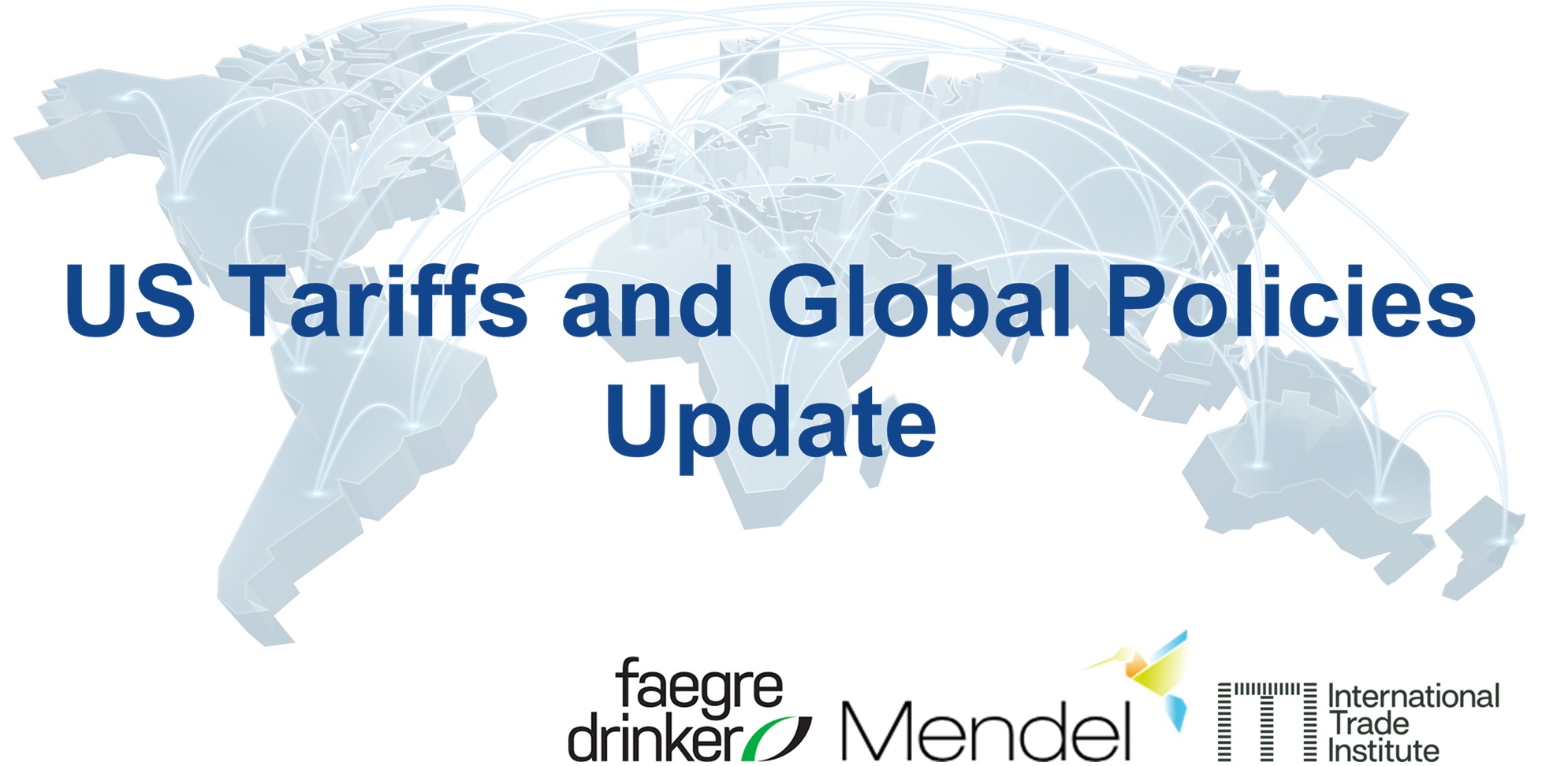
The trade landscape has shifted dramatically in recent years, and United States tariff policy continues to be one of the most dynamic areas of international trade. In our recent webinar, we explored the evolution of US tariff measures, their legal underpinnings, and what businesses can do to stay compliant while mitigating risk.
The Tariff Legacy: From Trump to Today
Much of the current tariff framework was shaped under the Trump administration, which introduced sweeping duties on countries such as China, Brazil, and India. These included:
- Steel and aluminum tariffs (Section 232 actions)
- New duties on timber, lumber, and furniture
- Broader tariff expansions on key imports
While some of these measures remain in place, others are under legal challenge, creating a landscape that is anything but predictable.
Legal Challenges and Transparency Concerns
One of the biggest issues highlighted is the lack of transparency in Section 232 investigations. Importers and trade professionals alike have struggled with unclear procedures and limited visibility.
Several cases are now being reviewed by the US Supreme Court, particularly around the use of the International Emergency Economic Powers Act (IEEPA) as the legal basis for imposing tariffs. The outcome could significantly reshape the government’s ability to apply unilateral duties.
Practical Steps for Importers
In such an uncertain environment, companies can’t afford to sit back and wait. Our experts emphasised three key areas where businesses can act now:
- Classification: Ensuring products are correctly classified under the Harmonized System to avoid penalties.
- Valuation: Accurately reporting customs value to prevent disputes and unexpected duty payments.
- Origin: Being precise about rules of origin, particularly with goods involving multiple production countries.
Taken together, these steps can mean the difference between costly penalties and smooth customs clearance.
The Bigger Picture: Retaliation and Negotiations
US tariff actions don’t happen in isolation. Retaliatory measures from the EU, UK, and other trade partners continue to shape the global playing field. At the same time, negotiations are underway to resolve disputes and create new trade opportunities - meaning companies need to stay informed and flexible.
Final Takeaway
For businesses engaged in international trade, the message is clear: tariff measures are here to stay, but preparation and compliance can soften the impact. By focusing on the fundamentals: classification, valuation, and origin - importers can protect themselves while keeping pace with a rapidly changing global trade environment.
If you missed our live webinar, you can listen back to it here: https://us06web.zoom.us/rec/share/mHBJ9fIenvtzCtRBkrhaLNVXVPEbEW7QHOPp2e511PCwyOBkT0FNKfX7W14UZ5lS.jPO5_ScD1XDKlvfy
Please complete the form with your contact details and we'll be in touch with information on course enrolment.